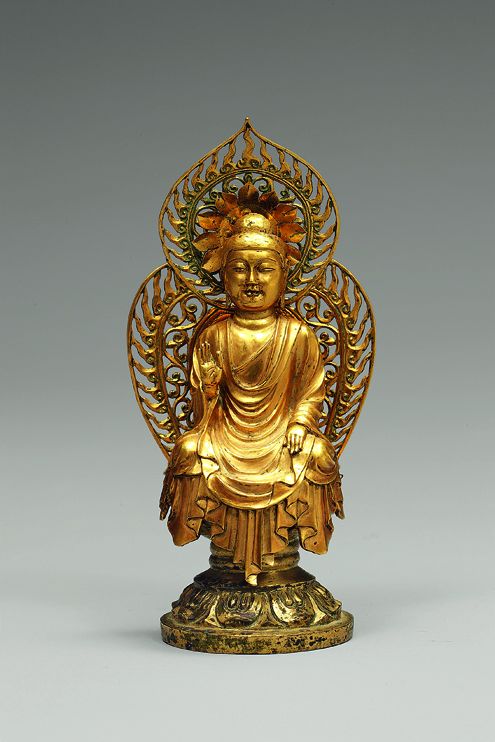SILLA
SHIFTING OF EMPHASIS
FROM AFTERLIFE TO HERE AND NOW

http://graphics8.nytimes.com/images/2013/11/08/arts/SILLA1_SPAN/SILLA1-articleLarge.jpg
Last week on our way upstate we stopped at Met for short while. There was a special exhibition on Silla. There had been much advertisement about it to generated interest. I was ambivalent about it in the beginning. Some old history of ancient Korea. Anyhow, I am glad we were there.
There is a good review in yesterday's New York Times. Here are my own impressions.
This is the story of a place called Silla (pronounced Shilla). Some of the nomads in ancient Korea settled down and over a period of time settled in the south of peninsula. It eventually formed an empire which for a period of time occupied the greater part of Korea and present day North China. It is one of the longest running dynasties of the world, ruled for almost a millennium i.e, 57 BCE to 935 CE.
The exhibition has a few sections. and it starts with the tombs of its kings. Discovered in last century, they were buried under huge heaps of dirt and looked like small mountains from the outside. In a way completely merged with the environment.
Once excavated, one sees the earlier kings to have majestic tombs. with a lot of worldly wealth and paraphernalia of goods, gold and jars, which may be needed for the afterlife. Here one sees articles from all over the world, The silk road, which spanned almost four thousand miles, from Italy through Central Asia, actually ends in Korea. This was unknown to me. Here you see a Roman glass vase to an Afghani dagger. It is a kind of museum of fifth-sixth century all in one tomb of the kings.
Interesting to me was the gradual transformation of the contents of the tombs with the arrival of Buddhism in sixth century and its adoption by the kings. Now you see smaller tombs as the emphasis on after life was reduced and focus turned on the life of the living. At sometime the cremation replaced burial as the preferred way to go. Now the gold and the art was invested more and more for the living. This naturally turned into more artwork in the form of statues and resemblances of Buddha.
Three Buddhas are worth seeing if you ever have a chance to see them. One is the bronze Bodhisattva in pensive pose. (see above). A thin Bodhisattva, a later reincarnation of the Buddha sitting on a pedestal, right foot resting on the left thigh, right hand holding the face, looks like he is nodding his head and the fingers are about to touch the cheek. Thinking deeply and perhaps pensively, he does not seem to be stationary. This is supposedly one of the highest treasured possession of the National Museum of Korea, National Treasure 83. Really a treat to watch.

The second is the small, all gold Amitaba Buddha. It is a delicate piece of art. Here Buddha is rather plump, considered a celestial Buddha, probably in his our recreated paradise. where environment is right to pursue enlightenment.
The biggest prize is the larger than life Buddha, made of cast iron, sitting in a lotus chokri position. His hands are gone, but the description is that the left hand sits in the lap with palm up denoting meditation. The right hand is supposedly touching the earth. That is the position, the audio guide explains, first seen in Pakistan. The legend goes that while the Buddha was mediating, evil forces tried to distract him. While sitting still he just touched the earth with his right hand and the evil forces vanished away. A connection with the earth, was instrumental in getting rid of all worldly distractions, sifli jazbaat.
Take home for me was the re-realization of Buddha and his teachings: focus on this life, an attempt and quest to seek light and truth in this world, least-to-no emphasis on the after life, and strength to field away distractions, worldly or otherwise.
--------------------------------------------------
References:
- http://www.nytimes.com/2013/11/08/arts/design/silla-koreas-golden-kingdom-at-the-metropolitan-museum.html?_r=0
- http://www.metmuseum.org/exhibitions/listings/2013/koreas-golden-kingdom/about-the-exhibition/treasures
- http://www.metmuseum.org/exhibitions/listings/2013/koreas-golden-kingdom/about-the-exhibition/buddhism
- http://koreajoongangdaily.joins.com/news/article/article.aspx?aid=2973486
No comments:
Post a Comment